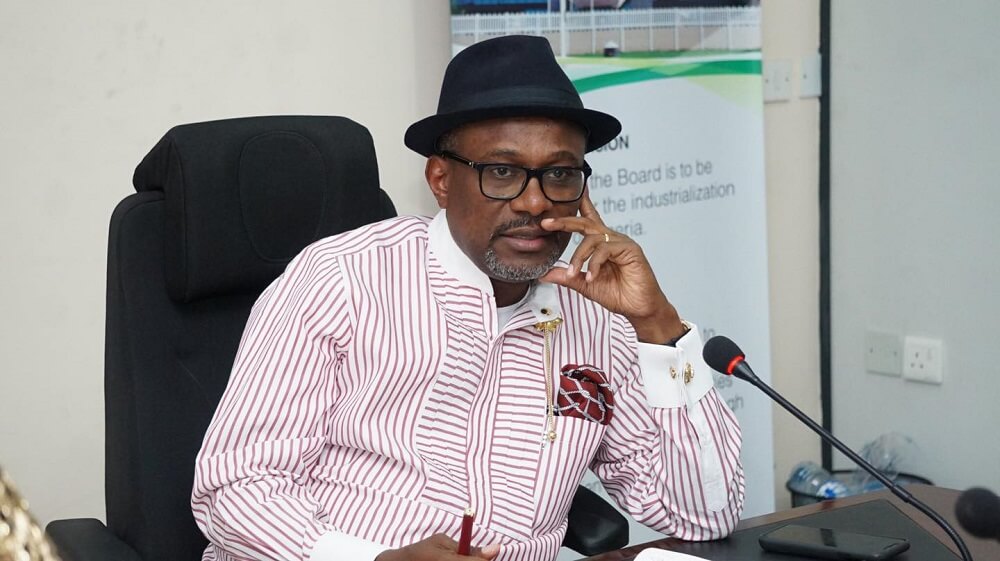
SAN JOSE – San Jose Sharks captain Logan Couture has had a setback in his rehabilitation from a lower-body injury, further muddying the timeline for when he could possibly return to the team’s lineup.
Couture skated last Friday and also on Monday in his first two times on the ice since the Sharks began their training camp began on Sept. 21. He came out of Friday’s on-ice workout OK but was given days off on both Tuesday and Wednesday, with Sharks coach David Quinn revealing that Couture “had a little bit of a setback” and remains week-to-week.
Couture, who had already been ruled out for the Sharks’ season-opening game on Thursday at home against the Vegas Golden Knights, will undergo more tests and continue to be evaluated. He will be off his skates for at least a few more days, Quinn said.
Couture has played in every Sharks’ season-opener since 2010, and Quinn said the centerman was eager to return from his injury.
“There always is, especially with someone like him with his makeup. He’s dying to get back out here,” Quinn said. “To see him around here, it’s killing him. But he’s not going to get out there until we’re 100% sure he’s ready to go.”
Asked, though, if Couture came back too soon this time, Quinn said, “Obviously from a medical standpoint, you’re trying things, ‘this might work, and let’s see how it feels, let him skate.’ And it just didn’t work out.”
Couture’s present timeline for a potential return remains unclear. At the very least, the setback jeopardizes his chances of playing this month when the Sharks play nine times in the first 18 days of their season.
Couture’s chance of reaching the 1,000-game milestone this season is also in question. Couture, drafted ninth overall by the Sharks in 2007, has played in 923 NHL games since he broke into the league in 2009.
Reaching that milestone, though, is likely not on Couture’s mind right now.
“He’s frustrated,” Quinn said of Couture. “But this is part of being a pro athlete. The unfortunate part of being a pro athlete.”
No Sharks player has more points in the last 14 years than Couture, who fenters this season with 323 goals and 700 points. Couture played all 82 games for the Sharks last season and had 27 goals and 67 points, his highest individual totals since the 2018-19 season.
Without Couture, the Sharks will continue to use Mikael Granlund as their second-line center. Granlund, who has played center at various times throughout his 11-plus seasons in the NHL, is now on a line with wingers Luke Kunin and William Eklund.
Granlund, who was acquired from the Pittsburgh Penguins in August as part of the trade involving Erik Karlsson, has 484 points in 750 career games while averaging 18:18 in ice time per game.
“You’d be hard-pressed to find many guys to be in a better position,” Quinn said of Granlund. “He’s had a great camp and there’s a lot to like about him as a player and a person. We’re really happy to have him.”
KAHKONEN STARTS: David Quinn said goalie Kaapo Kahkonen will start Thursday’s game, marking the first time in Kahkonen’s three-plus seasons in the NHL that he will start a season-opener.
In the preseason, Kahkonen started two games and went 2-0 with one shutout, allowing just two goals on 52 shots for a .962 save percentage. Kahkonen formed a tandem with James Reimer last season and will split goaltending duties with Mackenzie Blackwood this season.
“I’m feeling great,” Kahkonen said. “I think the stuff that I’ve been working on pretty much since the start of last year … I feel everything’s happening naturally. Feeling great in my posture and positioning, so that obviously makes playing the game much easier and making reads easier.”
OTHER INJURIES: Defensemen Radim Simek and Jacob MacDonald both skated Wednesday, two days after they were placed on injured reserve with lower body ailments. Nikita Okhotiuk, on non-roster injured reserve, was also on the ice Wednesday before the start of practice.







